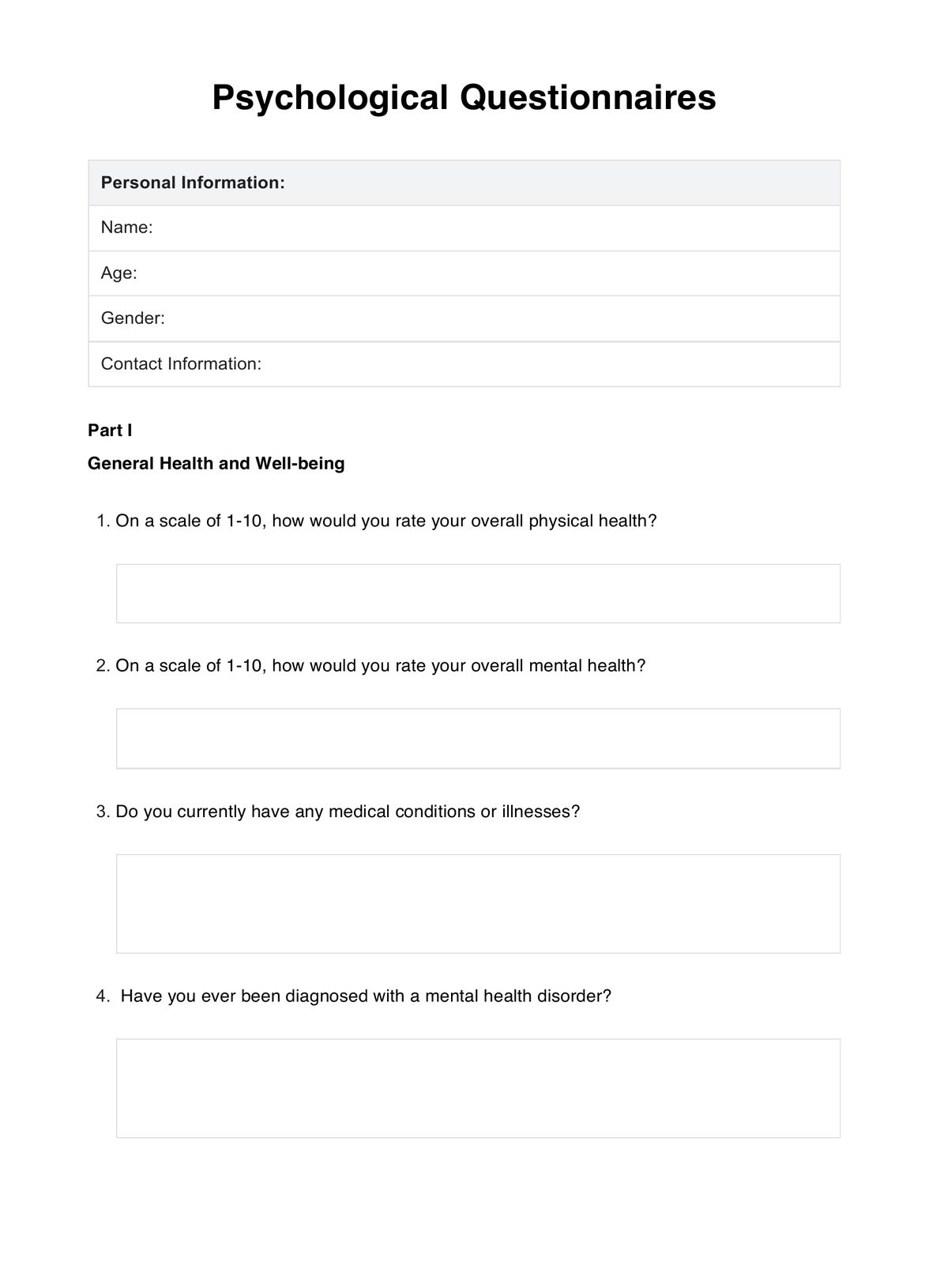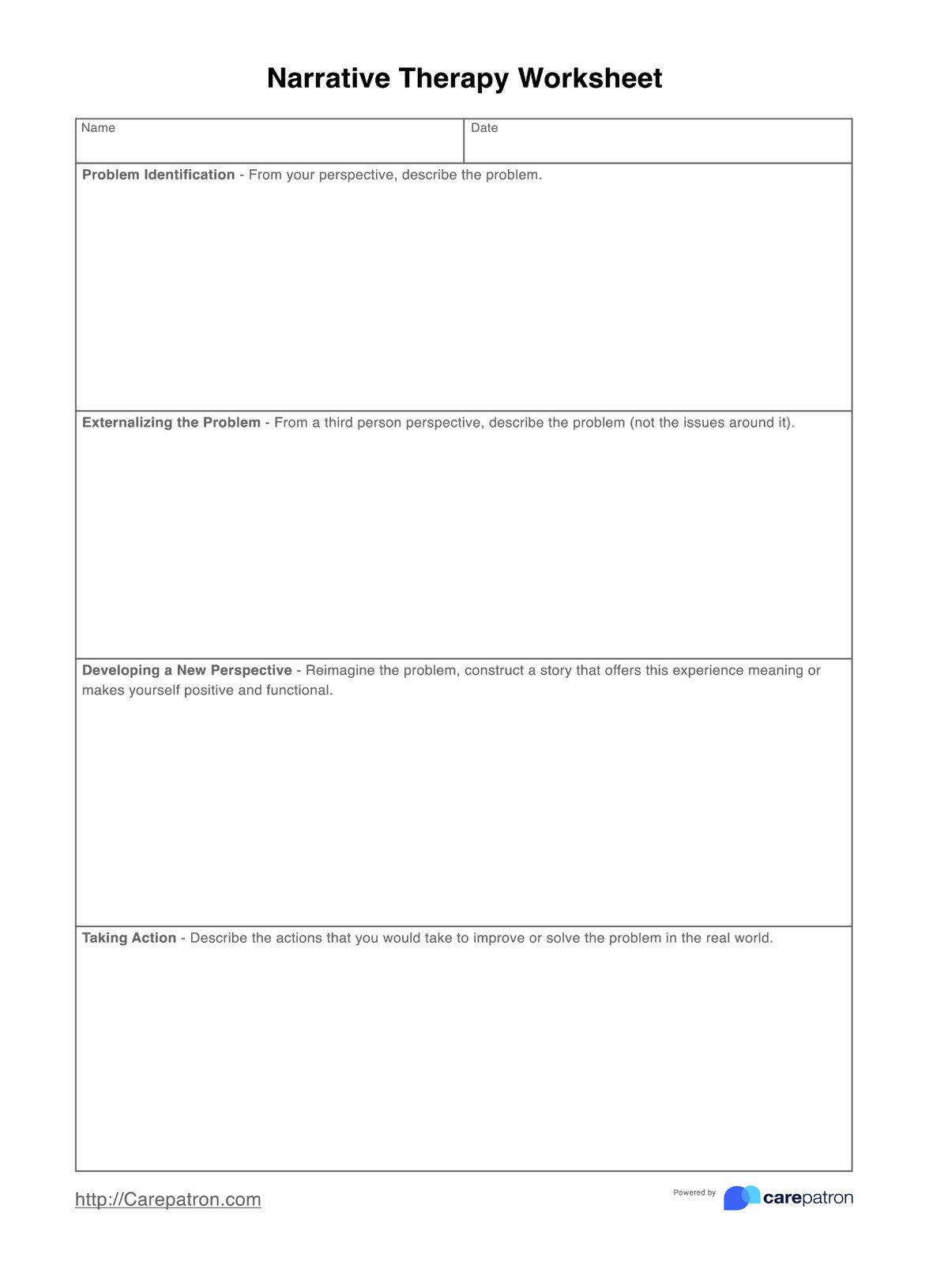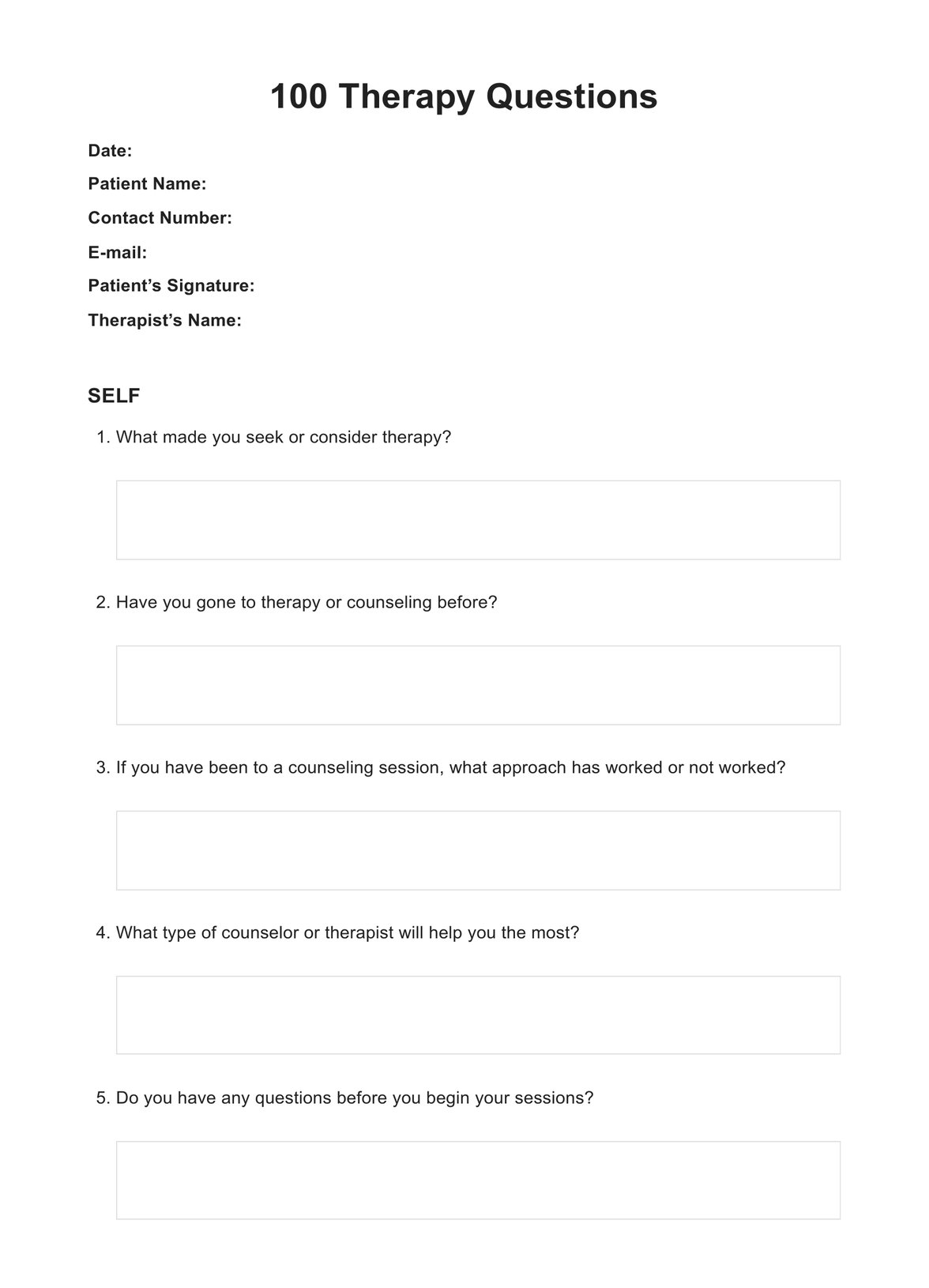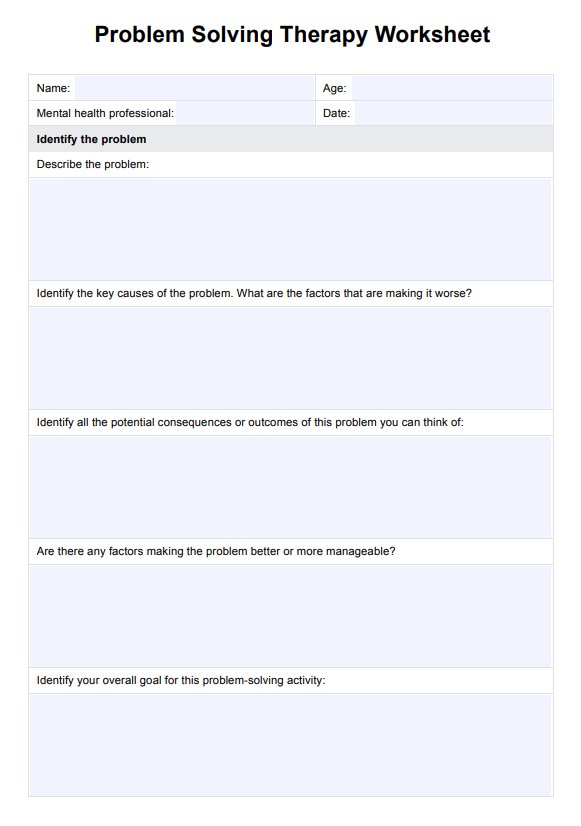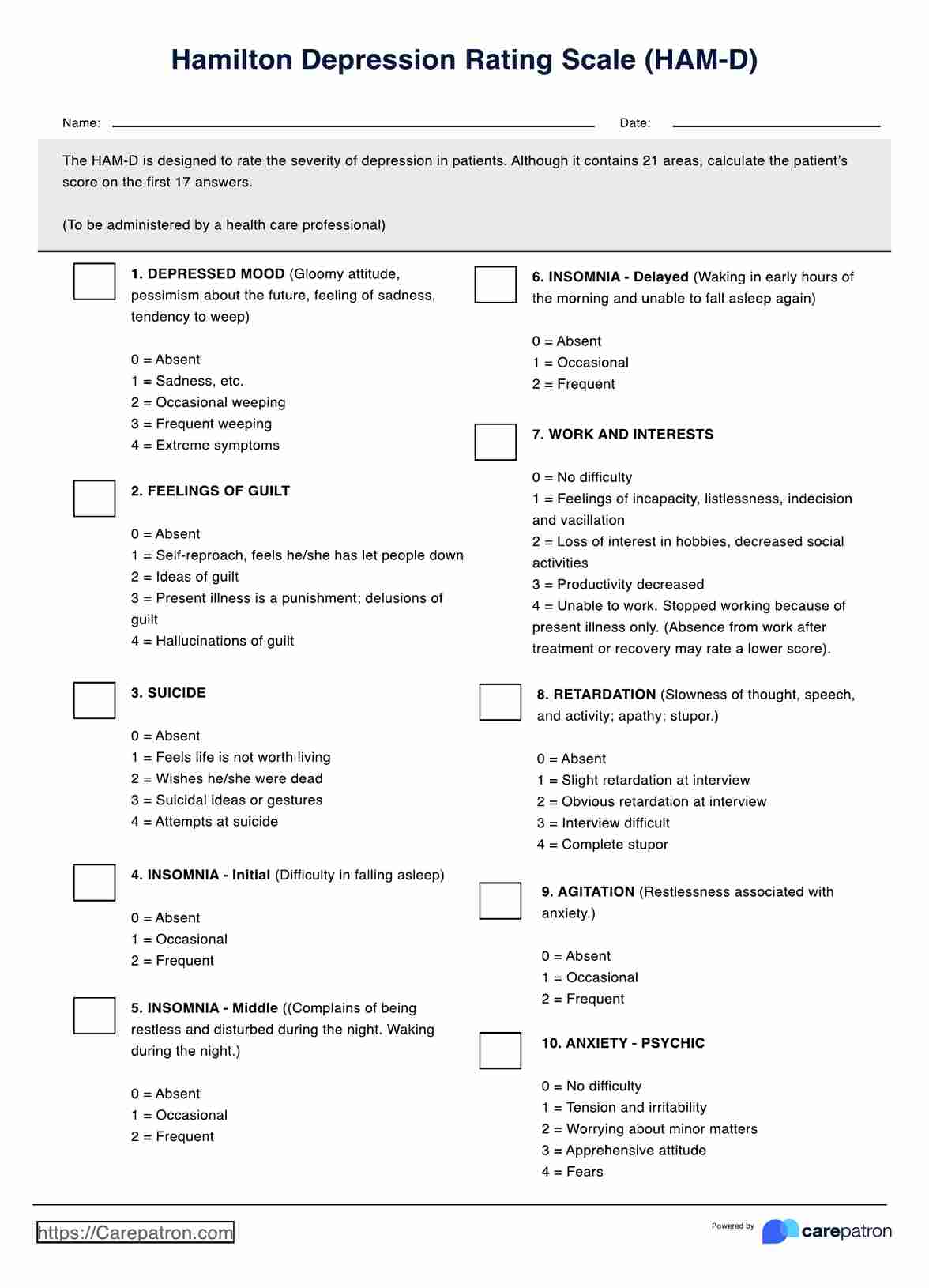DBT Stop Skills Lists
Enhance your therapeutic interventions with our DBT Stop Skills List. Download the free PDF for managing emotions.


What is a DBT Stop Skills List?
To better understand the importance of the STOP acronym in the context of a , it's helpful to compare it to how we behave when approaching a stop sign.
Imagine approaching a stop sign while driving. The immediate action is to literally "stop." This momentary pause allows us to assess the surroundings, evaluate potential risks, and decide on the appropriate action. Likewise, when using the STOP skills from the DBT Stop Skills List, start by pausing and taking a breath. This simple act of stopping allows you to step back from quick reactions and make space for more thoughtful, healthier responses.
The DBT Stop Skills List, stemming from Dialectical Behavior Therapy (DBT), offers a variety of techniques to help people handle intense emotions and impulsive actions. This resource allows individuals to manage their emotions better and navigate difficult situations. The DBT Stop Skills List empowers individuals with its practical techniques, promoting emotional strength and overall well-being.
For thorough resources, review our dialectical behavior therapy template, designed to support your therapeutic practice and client outcomes. Start using these tools to see impactful results.
DBT Stop Skills Lists Template
DBT Stop Skills Lists Example
How does it work?
The utilization of our Printable DBT Stop Skills List involves the following practitioner-friendly steps:
Step One: Introduce the Technique
As a practitioner, introduce your client to the DBT Stop Skills List, explaining its significance and how it can aid them in managing intense emotions and impulsive behaviors.
Step Two: Collaboratively Identify Relevance
Engage your client in identifying the DBT Stop Skill that best resonates with their emotional state. Collaboratively assess which technique aligns with their needs.
Step Three: Skill Application
Guide your client in applying the chosen DBT Stop Skill to their present situation. Ensure they understand the skill's execution as outlined in the list, helping them redirect impulsive reactions toward thoughtful responses.
Step Four: Monitor Skill Impact
Encourage your client to observe the impact of using the DBT Stop Skill. Facilitate discussions on how the technique influenced their emotional responses, thought patterns, and behavioral choices.
Step Five: Reflect and Personalize
After practice, support your client in reflecting on the effectiveness of the skill. Discuss any adaptations needed to optimize its application based on their unique experiences.
Step Six: Guided Debrief (Optional)
For an in-depth exploration, provide a platform for your client to share their DBT Stop Skill encounter during therapy. Collaborate to analyze outcomes, overcome challenges, and fine-tune skill integration.
When would you use this Form?
The DBT Stop Skills List serves various roles, making it invaluable and versatile. For therapists, it sparks meaningful conversations with clients, allowing them to explore emotions and achieve therapeutic breakthroughs. Educators employ its potential to create open discussions about feelings, nurturing emotional intelligence in students. For parents, the list is a guide to helping children understand and express their emotions, fostering emotional literacy and social growth.
In the context of mental health practitioners, the DBT Stop Skills List is an adaptable tool. Whether used individually or in groups, it systematically monitors patient progress and emotional development. Integrating it into sessions helps practitioners gain insights into their clients' emotions, enabling tailored support.
Beyond therapy, the DBT Stop Skills List encourages introspection and self-awareness. This extends beyond therapy, aiding individuals in understanding their emotions and thought patterns. This self-reflective process enhances emotional resilience, reducing stress and improving overall well-being. Increased self-awareness also enhances communication, enriching personal and professional relationships.
Benefits
Our Free DBT Stop Skill List offers a host of valuable advantages for effectively navigating and managing emotions:
Heightened Emotional Awareness
Engaging with the DBT Stop Skill List prompts individuals to recognize and identify their emotions more clearly. By acknowledging their emotional states, individuals can begin to address and manage them in healthier ways.
Enhanced Impulse Control
Utilizing the skills outlined in the list empowers individuals to pause before acting on impulsive urges. This moment of reflection allows for more thoughtful decision-making, reducing the likelihood of regrettable actions driven by intense emotions.
Cultivation of Mindful Responses
Practicing the DBT Stop Skill List encourages individuals to respond mindfully rather than react impulsively. Mindfulness enables individuals to approach challenging situations with a clear and composed mindset, fostering effective problem-solving and communication.
Promotion of Emotional Regulation
The DBT Stop Skill List equips individuals with techniques to regulate overwhelming emotions. By applying these skills, individuals can manage emotional distress healthier, preventing emotional dysregulation from escalating.
Improved Interpersonal Relationships
Engaging with the DBT Stop Skill List aids individuals in handling intense emotions during interactions with others. By employing these skills, individuals can communicate more effectively, fostering understanding and cooperation in their relationships.
Research & Evidence
Dialectical behavior therapy (DBT) was developed to help highly suicidal individuals. It used ideas from standard behavior therapy, like how people learn from their surroundings (Bandura, 1969), and social learning theory (Staats & Staats, 1963; Staats, 1975), to address suicidal behaviors (Linehan, 1981). In a key study, Linehan et al. (1991) chose seriously suicidal people from hospitals to try DBT. At first, DBT aimed to make life better by reducing suicidal actions. But later, it focused on people with borderline personality disorder (BPD) who struggled with being chronically suicidal, due to funding needs.
DBT began by teaching ways to solve problems but only partially helped those in high-risk situations. Therapists then tried a more caring and accepting approach because clients reacted strongly and quit therapy. However, more than just acceptance was needed for clients to solve their problems. A balanced approach developed: therapists created methods that both supported clients' feelings and pushed them to improve. This mix of validation, progress, and varied strategies respected where clients started and helped them move forward.
Reference
The Effectiveness of Dialectical Behavior Therapy Skills Training for Reducing Suicide Attempts and Self-Injury in Adolescents": This study found that DBT skills training, including the STOP skill, effectively reduced suicide attempts and self-injury in adolescents with borderline personality disorder.
A Meta-Analysis of the Effectiveness of Dialectical Behavior Therapy for Borderline Personality Disorder": This meta-analysis of 13 studies found that DBT, including the STOP skill, was effective in reducing symptoms of borderline personality disorder.
Commonly asked questions
These lists are particularly helpful for people seeking to manage intense emotions, reduce impulsive behaviors, and develop healthier responses to challenging situations.
DBT Stop Skills Lists are used whenever individuals face overwhelming emotions, impulsive reactions, or distressing situations. These lists can be used in real-time, during moments of emotional intensity, and in regular practice sessions to enhance overall emotional well-being.
When facing intense emotions, individuals can follow steps such as pausing to acknowledge the emotion, taking a calming breath, observing without judgment, and mindfully choosing to respond in alignment with their goals and values.


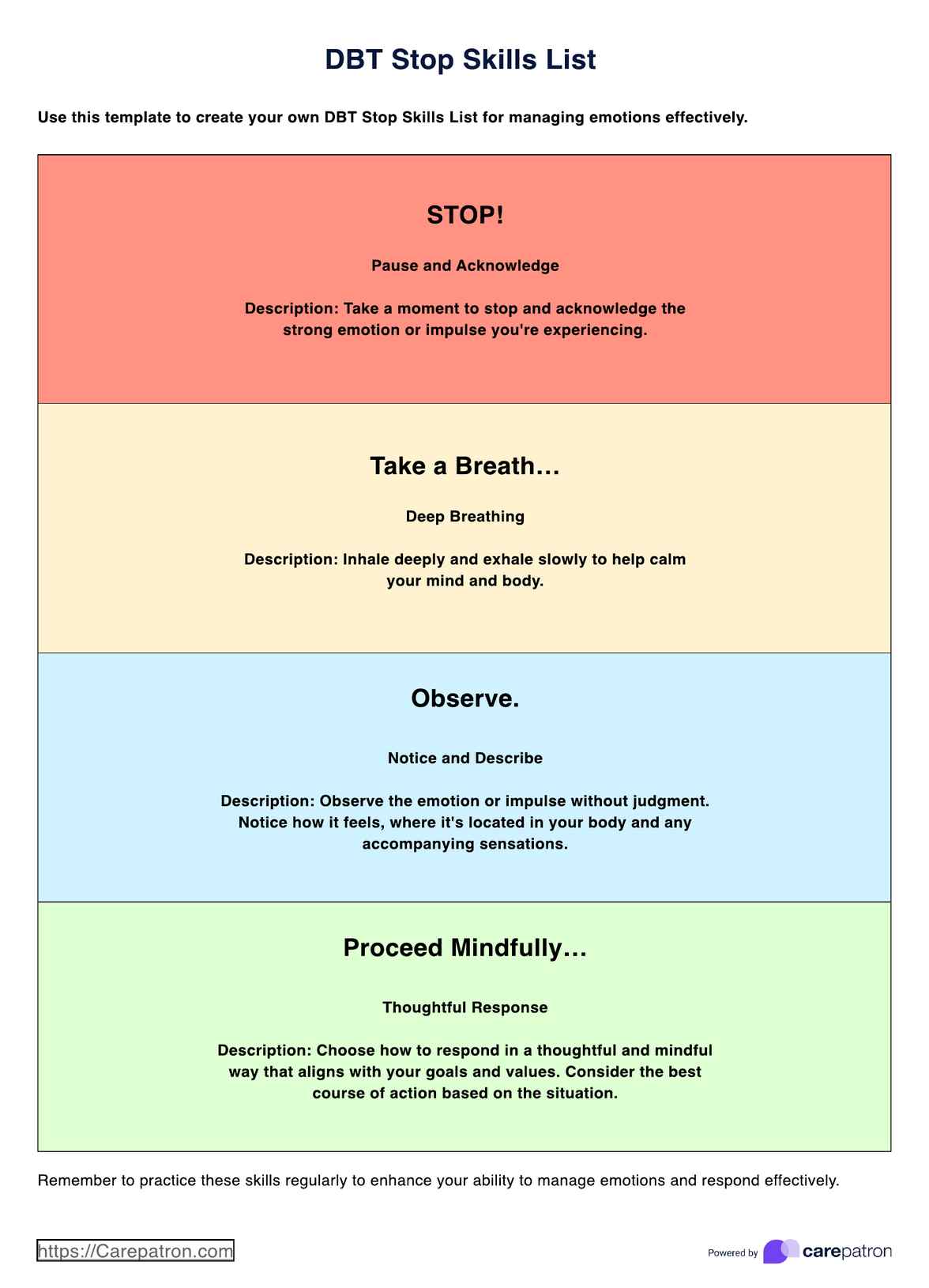
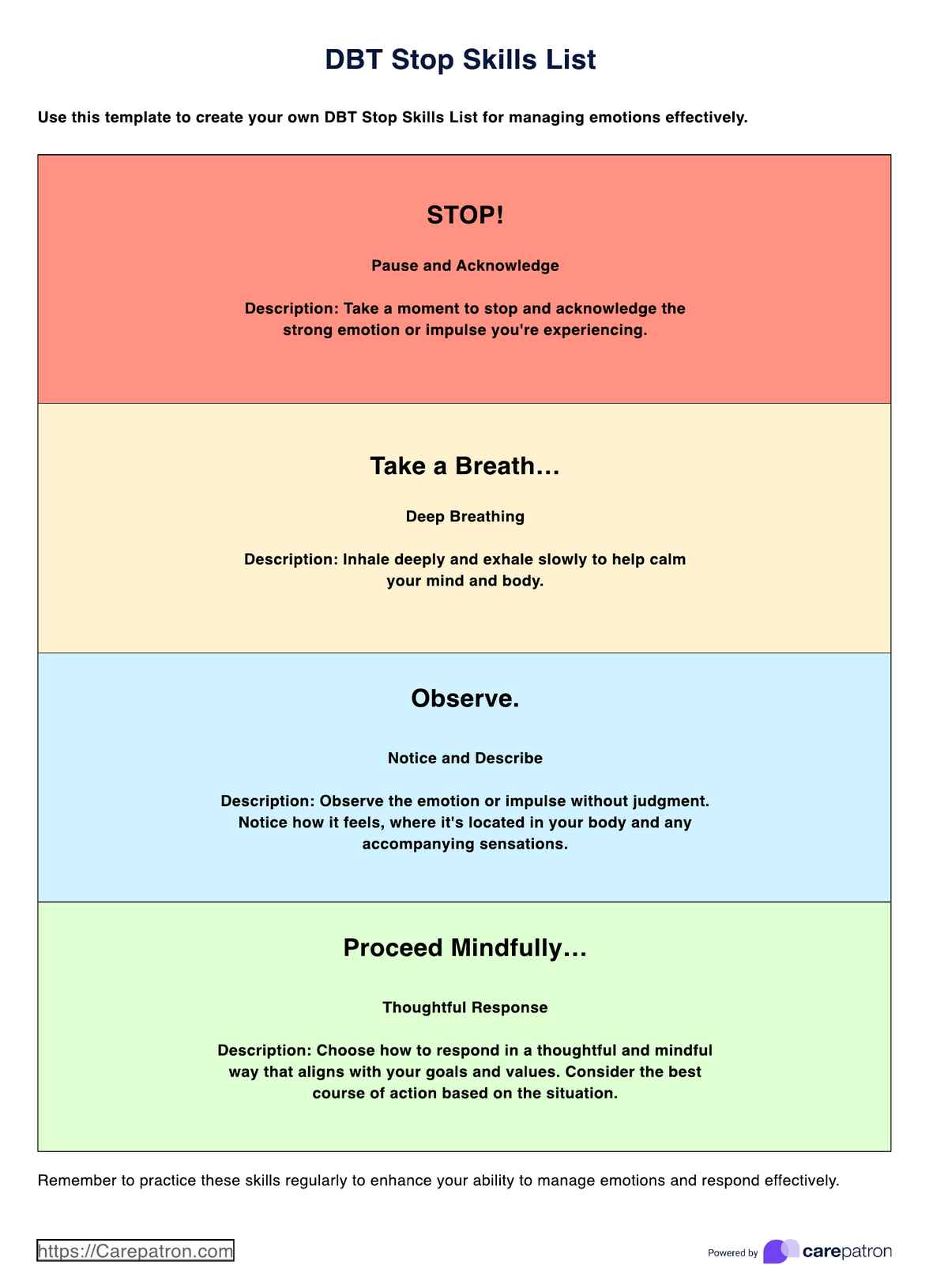

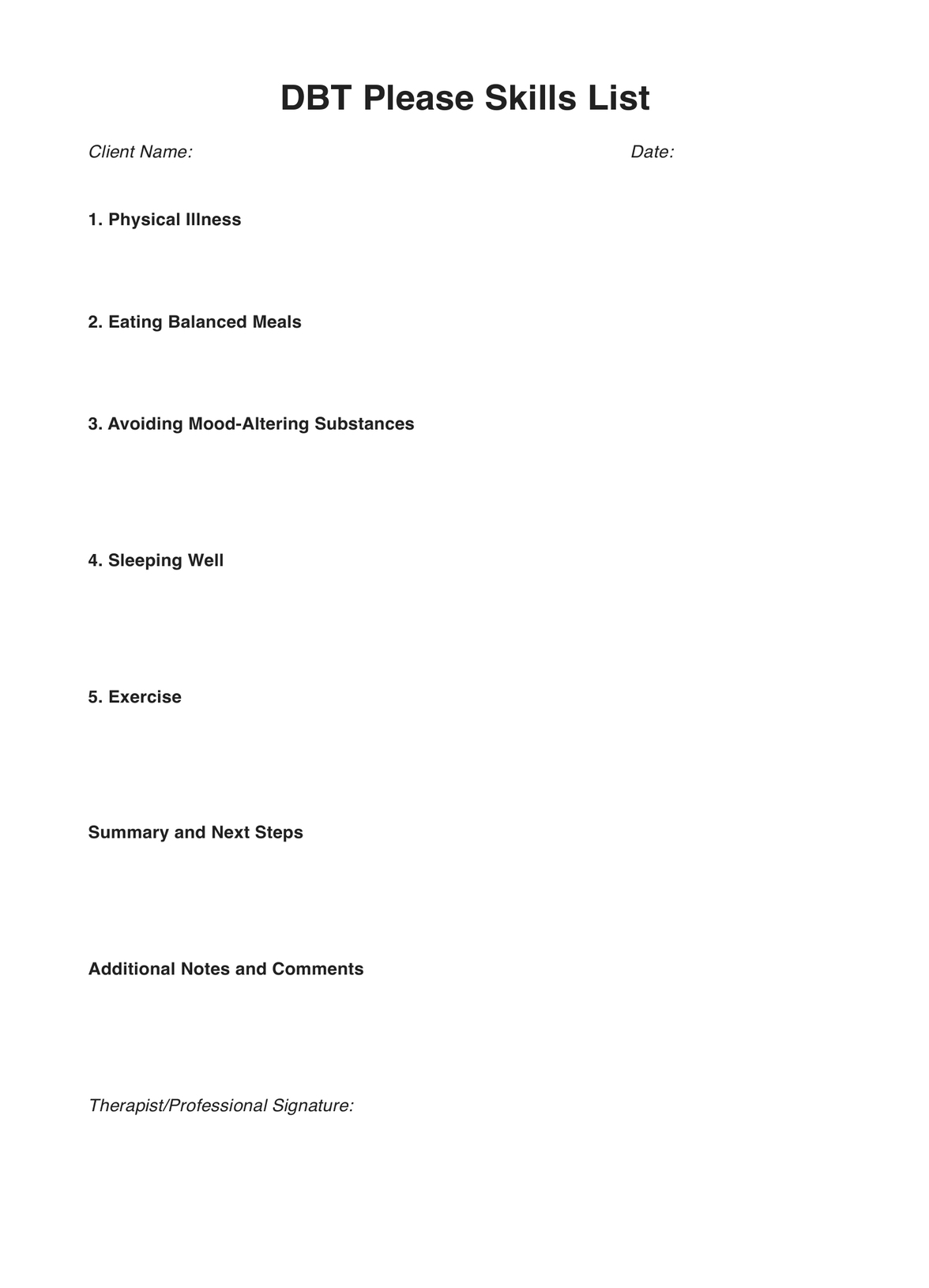
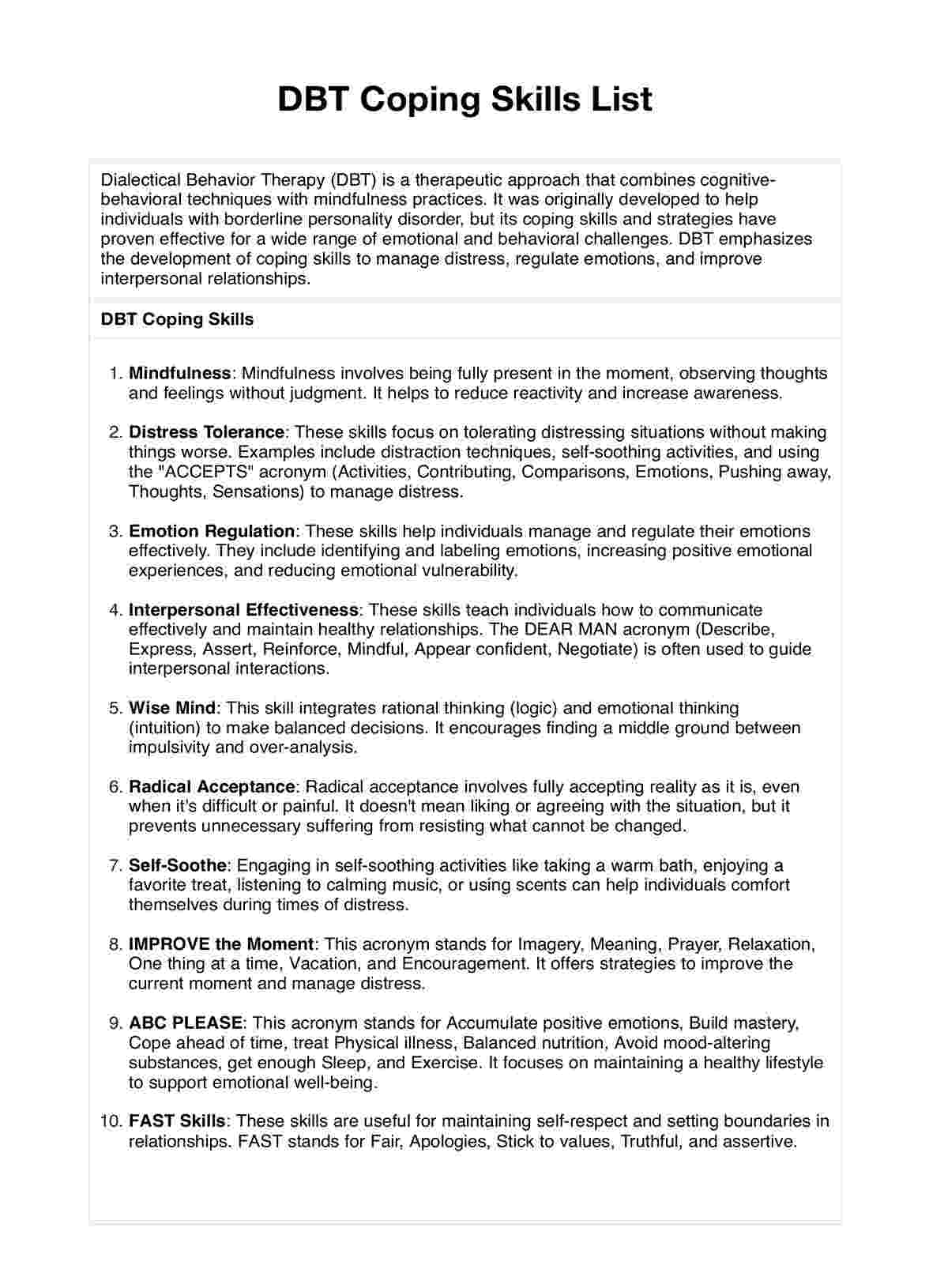
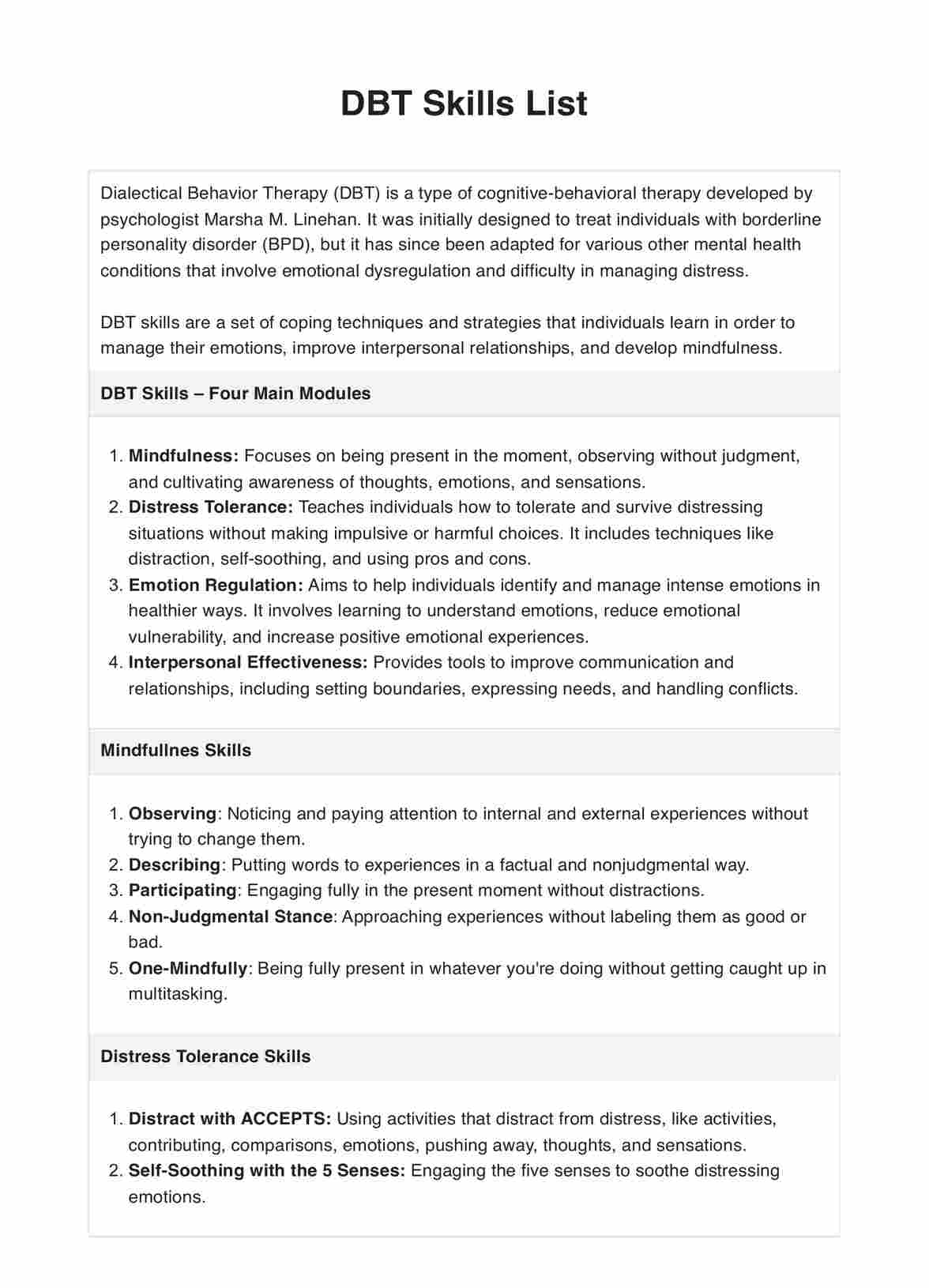














-template.jpg)





















































































